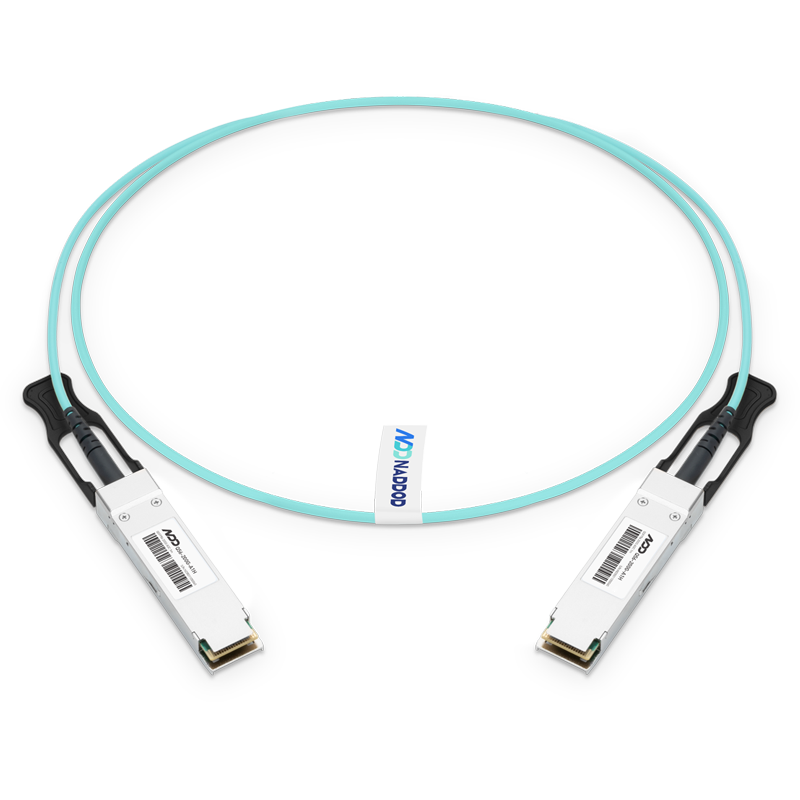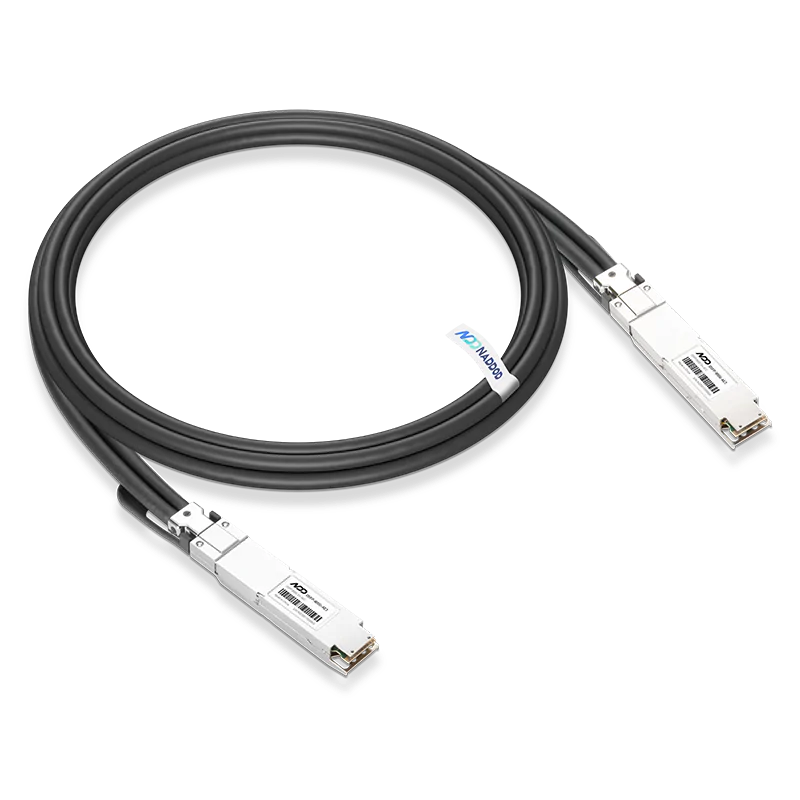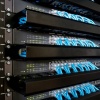Although optical transceivers and fiber optic transceivers are both devices used for photoelectric conversion, do you know what the difference is between them? How to choose it? This article will explain in detail the differences between the two and the considerations when connecting them, hope you will gain from reading it.
The Concept of Optical Transceiver and Fiber Optic Transceiver
Before we understand the difference between optical transceivers and fiber optic transceivers, let’s take a look at what they are and what they do respectively.
What is an Optical Transceiver?
As an optical device that completes photoelectric conversion and electro-optical conversion, optical transceiver consists of optoelectronic devices, functional circuits and optical interfaces, etc. It is the carrier for transmitting signals between switches and other devices.
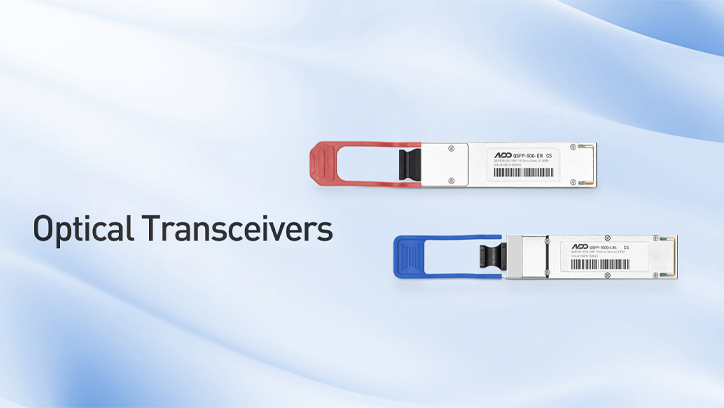
What is a Fiber Optic Transceiver?
Fiber optic transceiver is a photoelectric conversion device that converts electrical signals over short distances and optical signals over long distances, also known as photoelectric converters. It is generally applied in long-distance transmission where the network cable cannot cover, in order to extend the signal transmission distance.
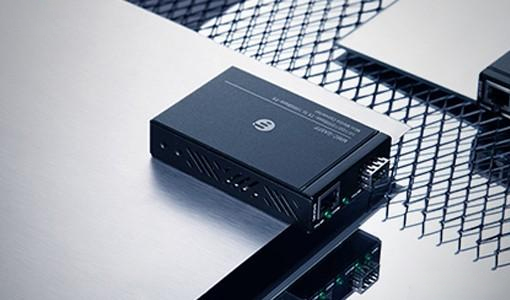
The difference between optical transceiver and fiber optic transceiver:
As can be seen above, optical transceivers and fiber optic transceivers are both devices that convert electrical and optical signals. Although the functions are similar, there are some differences, as shown below they have the following differences.
Active vs. Passive
The optical transceiver is equivalent to an optoelectronic device or accessory, which is a passive device that cannot be used alone, and can only be used by plugging it into a switch or a device with an optical transceiver slot; while the fiber optic transceiver is an active device that can be used alone, and can be used by plugging it into a power source.
Application
Optical transceivers are mainly used in network communication equipment, such as convergence switches, core routers and other equipment optical interfaces; fiber optic transceivers are mainly used in long-distance networks that cannot be covered by network cables and need to use fiber optics to extend signal transmission, and are commonly used in areas such as fiber to the home, security monitoring, community network construction and radio and television transmission.
Configuration
Optical transceivers support hot-swappable and relatively flexible configuration, while fiber transceivers are relatively fixed and troublesome to replace and upgrade.
Can optical transceivers be connected to fiber optic transceivers? What are the precautions?
- Optical transceivers can be connected to fiber optic transceivers, but the following precautions should be followed when connecting.
- The transmission rate as well as the interface type of the optical transceiver and the fiber transceiver must be the same, such as a Gigabit optical transceiver connected to a Gigabit fiber transceiver.
- The wavelength and transmission distance of the optical transceiver used on the fiber transceiver should be the same as the wavelength and transmission distance of the optical transceiver on the other end of the device (such as a switch).
- The fiber type of the optical transceiver used on the fiber transceiver must be the same as the fiber type of the optical transceiver on the other end of the device (e.g., switch), e.g., single-mode for single-mode and dual-mode for dual-mode.
Summary
Through the above introduction, I believe you should clearly understand the difference between optical transceivers and fiber optic transceivers, and the choice of optical transceivers and fiber optic transceivers need to be based on the actual application, such as optical port switches to achieve network transmission will use optical transceivers, while fiber optic transceivers will only be used in the case of the need to extend the transmission distance of electrical signals. In other words, optical transceivers are necessary for fiber optic transmission, while fiber optic transceivers are not.
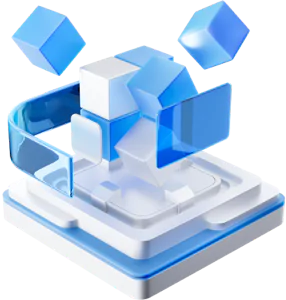
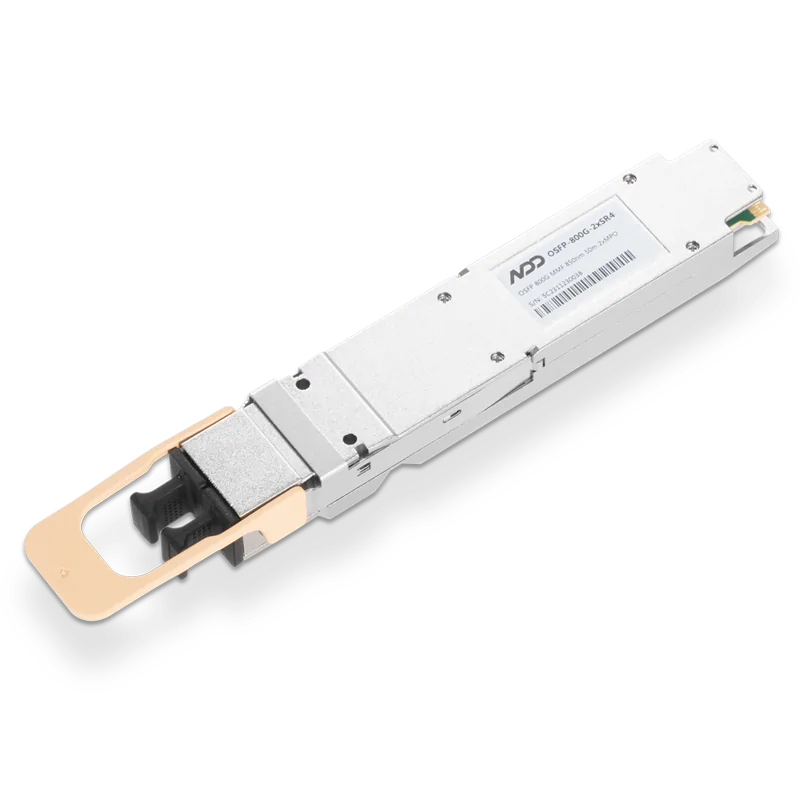 800GBASE-2xSR4 OSFP PAM4 850nm 50m MMF Module
800GBASE-2xSR4 OSFP PAM4 850nm 50m MMF Module- 1Best Optical Transceivers for 5G Networks
- 2Home Network Cabling Guidelines
- 3What is an Optical to Electrical Transceiver and How Does It Work?
- 4Vera Rubin Superchip - Transformative Force in Accelerated AI Compute
- 5NVIDIA GB300 Deep Dive: Performance Breakthroughs vs GB200, Liquid Cooling Innovations, and Copper Interconnect Advancements.




